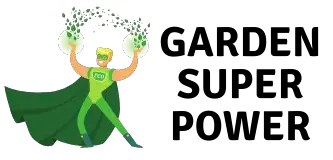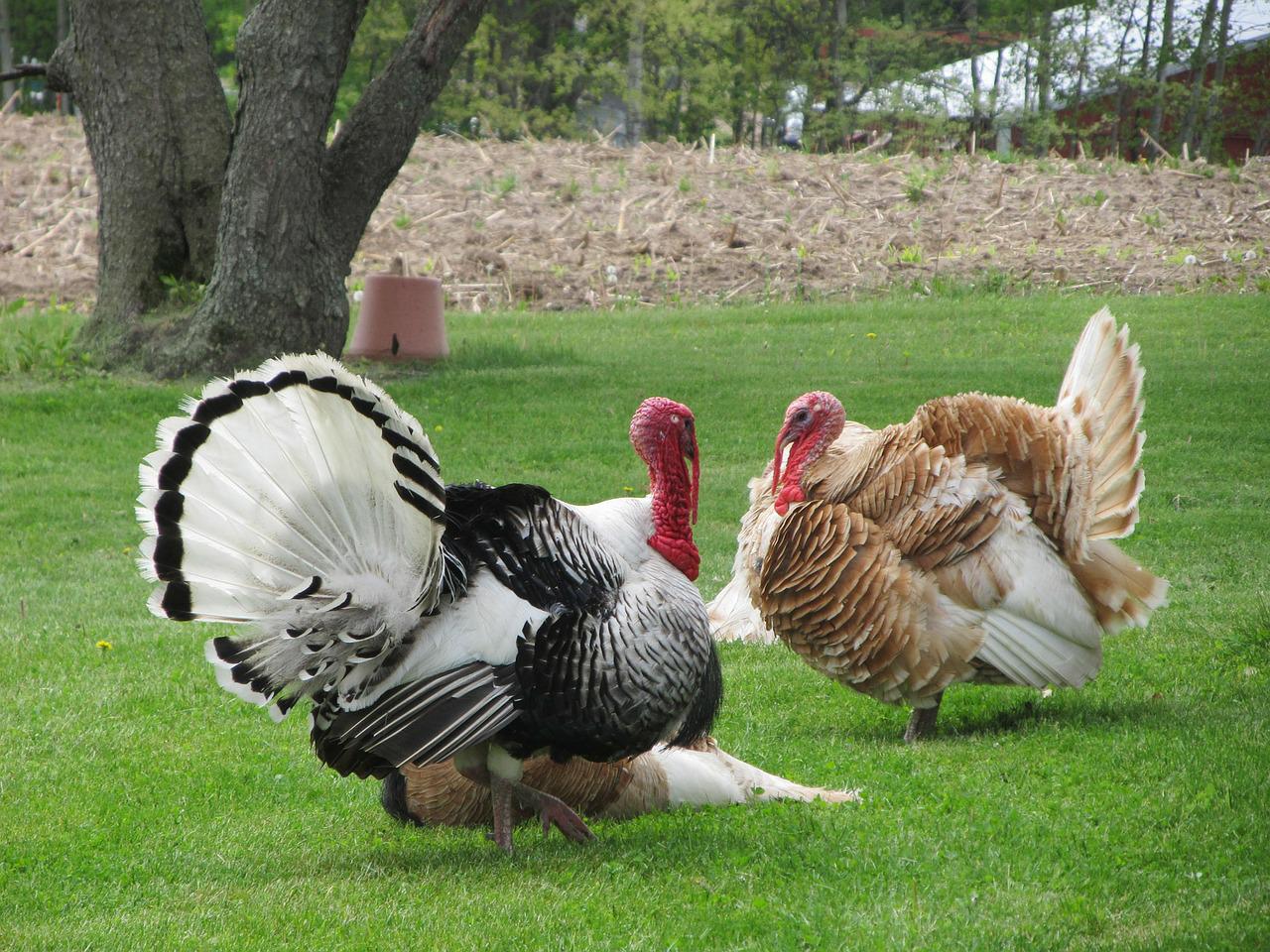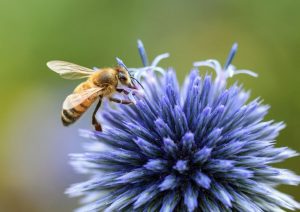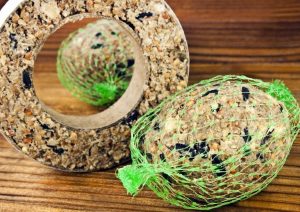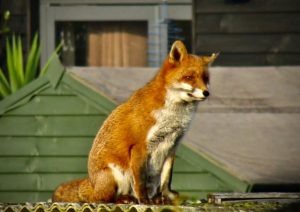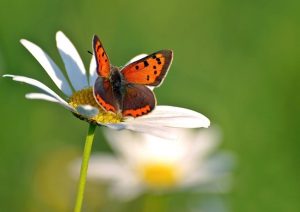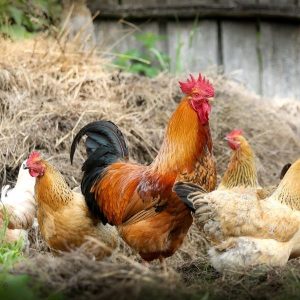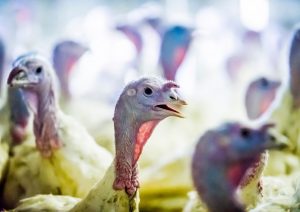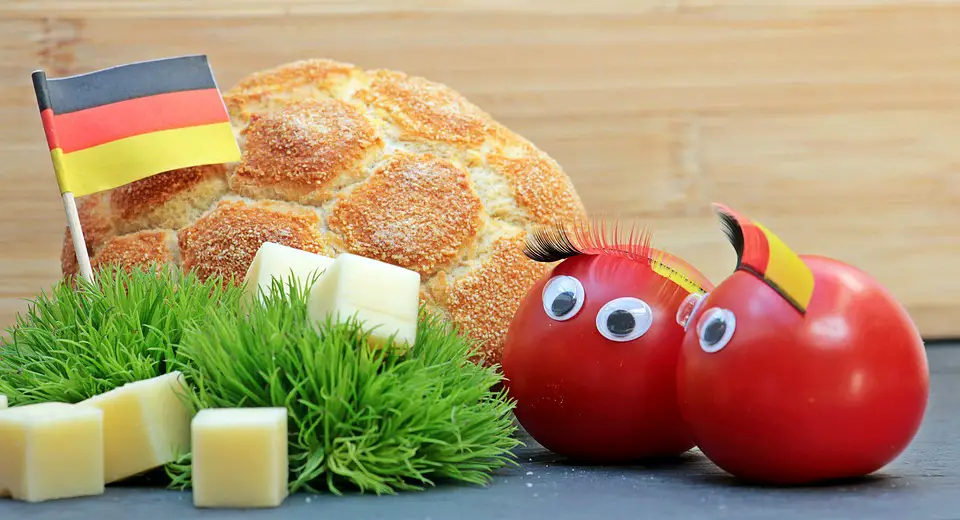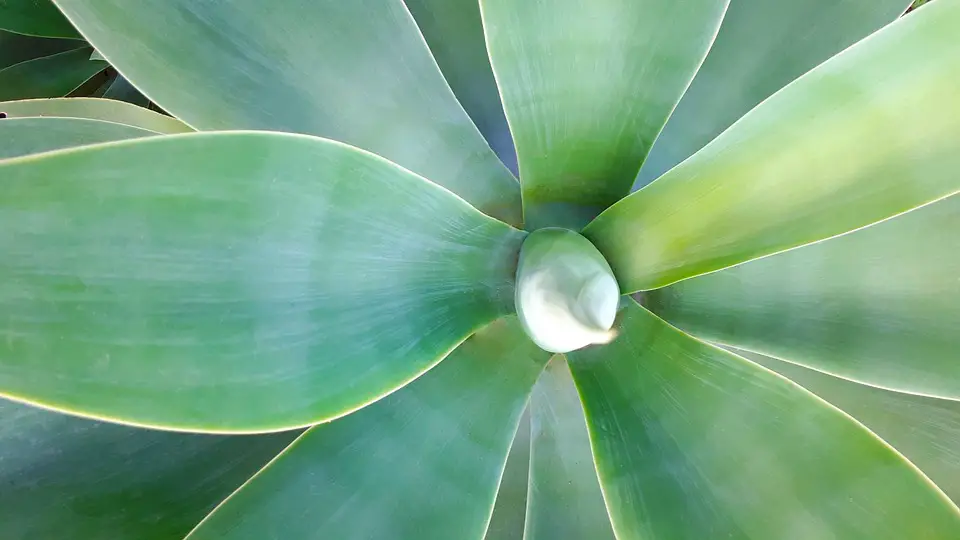Why do turkeys puff up?
Turkeys are usually bred for their eggs and meat. And those who tend to them may come across quite some interesting characteristics in these large birds.
Be it domestic or wild, turkeys puff up their feathers to attract their mates or at times to show their dominance amongst its flock members. Although many people believe that it’s only male turkeys who showcase such behaviour, that is so not the case. And sometimes quite a few other reasons may also trigger up this action.
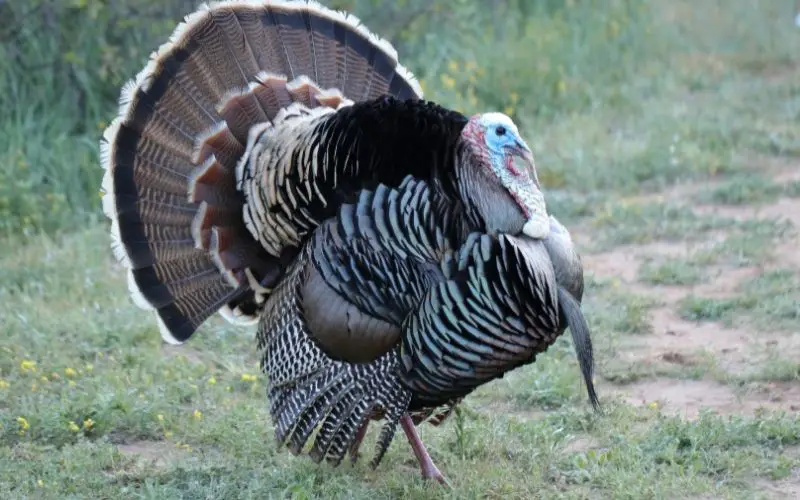
Reasons behind the ‘display’
Most people would have witnessed the puffing up or ‘strut’ behaviour amongst turkeys. They fan out their tail and wings to exhibit their innumerous feathers.
Predominantly, this characteristic is displayed by male turkeys. The strut is believed to attract the female turkeys, also known as ‘hens’, to the male turkeys also called ‘tom’ or ‘gobblers’.
Usually, the toms exhibit this during the breeding season and sometimes even during off seasons too, in the anticipation of breeding.
The strut along with their loud grunts make the hens turn head over heels for the tom.
As mentioned, quite less often, the hens also strut to announce its availability for reproduction. In this scenario, the strut is considered to be flirtatious and inviting by the gobbler.
The puffing up behaviour does not account only to breeding sessions. The meaning of the ‘display’ varies according to situations.
Sometimes, the male turkeys portray this characteristic to show that it is the dominant one amongst the flock.
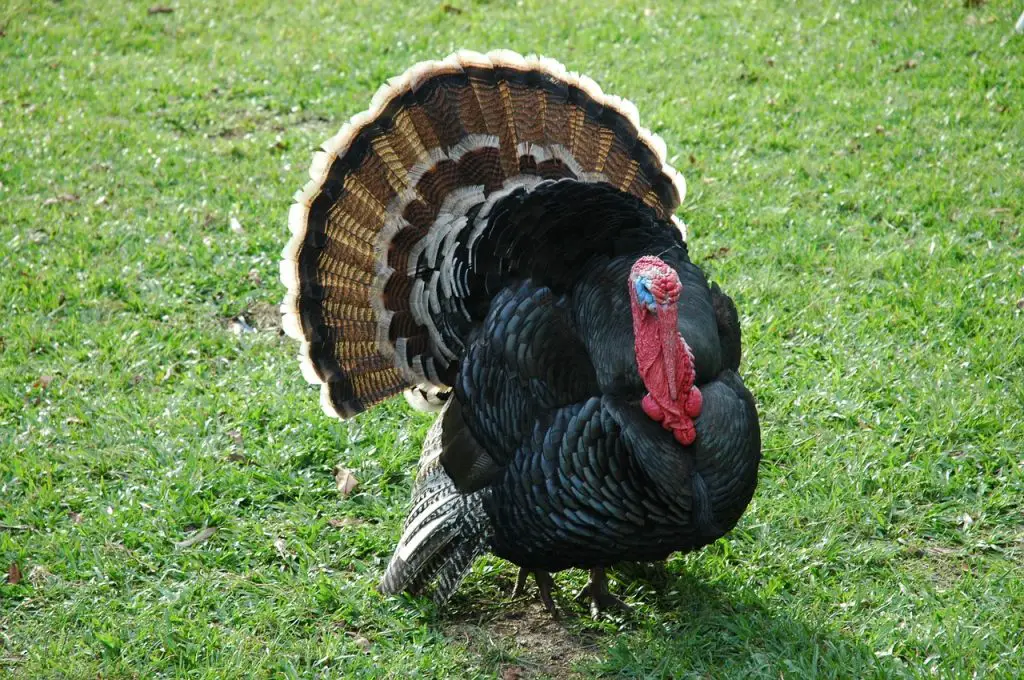
This innate behaviour can also be observed amongst two turkeys fighting for the alpha status or just before a nasty fight.
Whenever they feel threatened by any outsider, be it humans or any other animals, they are bound to get bigger.
Once in a while, the turkeys may puff up their feathers when accompanying their newborns or ‘poults’.
And at times, even the newly born poults tend to demonstrate the puff up behaviour.
[amazon box=”B08DJ4RG5X,B07Z1SZHG7,B07GXT8PQL” grid=”3″]
How do turkeys puff up?
Small muscles are present at the base of each feather which caters the ability for these birds to move their feathers.
These muscles are in fact connected to various small muscles underneath the skin and when a turkey chooses to puff up, the muscles contract and control the position of feathers.
And in this case, the feathers tend to stand erect.
Identifying the puff up in turkeys
For all those who have seen turkeys, must have most definitely witnessed their strut action. A first timer too can easily determine the puffing up in these birds.
First and foremost, these birds will drop down their wings to touch the ground. They will then hold their tail in an upward position and fan out their tail feathers.
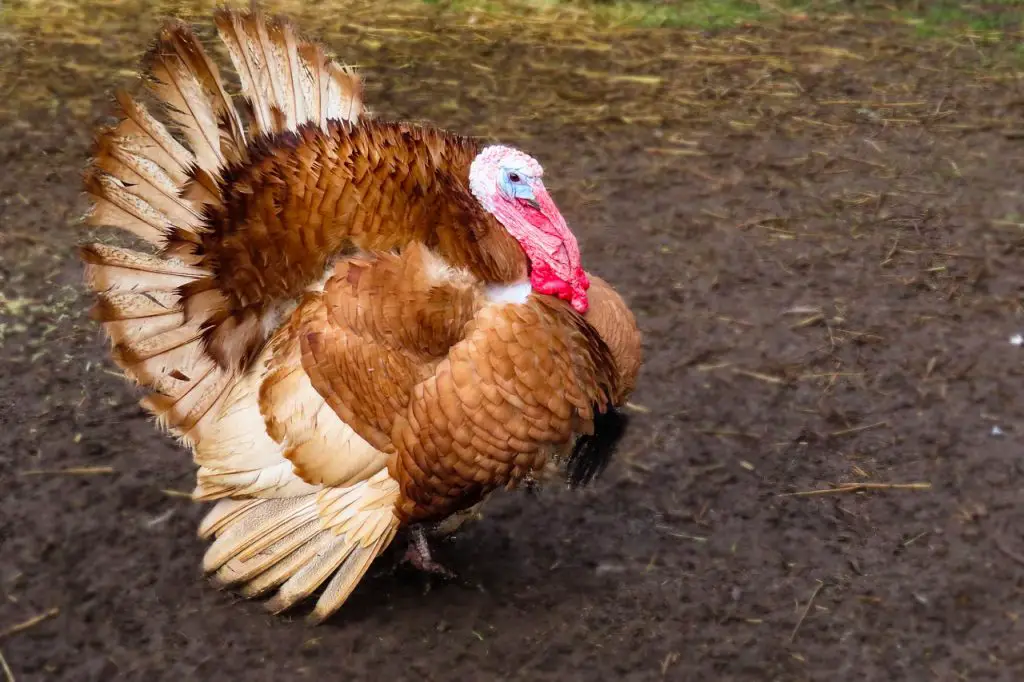
The turkeys would then allow the feathers on its breast area and back to stand on ends making the bird appear larger than original.
The head or crown of the turkeys which are usually white in colour, may change to bright red, blue or a flesh tone.
And finally, they will bend down their heads to form an ‘s’ shape accompanied by some quick moves and deep sound.
This puffing up happens fast enough and sometimes out of the blue, that it can scare the life out of nearby people.
How long do the turkeys strut?
The puff up behaviour can last as short as a few seconds or continue for hours at a stretch depending on the situation.
Generally, this is observed prior to the breeding seasons.
Closing Words
Although turkeys puff up wherever they want to, yet there are some fascinating features about the location they choose to strut.
They make sure there is ample sunlight and that they are visible well. So if there are any approaching hens or any dangers, the gobblers can immediately identify.
There is another interesting aspect too. If a gobbler succeeds in attracting a hen by strutting for mating purposes in a particular area, then the gobblers return to the same place over and over almost establishing it as its own territory.
And ultimately, it becomes the strut zone.
From this piece, it is clearly understandable that the peacock is not the only bird that showcases the fanning out of feathers, but turkeys as well. And that too for a variety of reasons.
